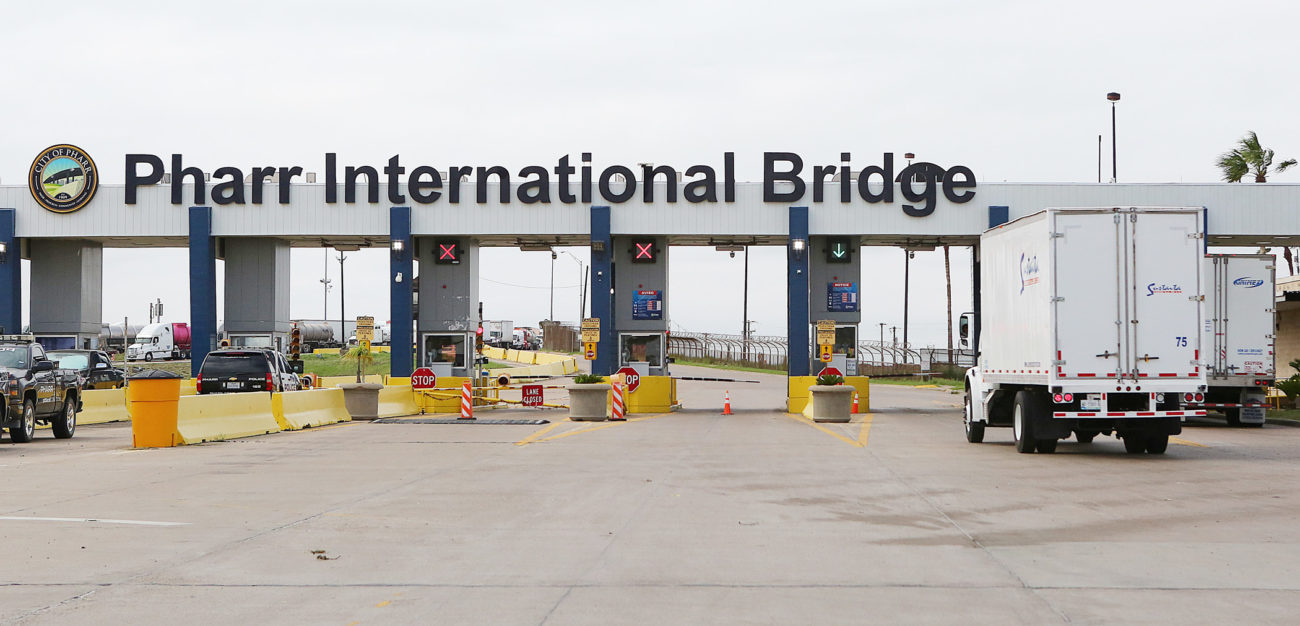McALLEN — The Texas Transportation Commission sent a strong signal last week when it approved the Border Transportation Master Plan that the state is paying attention to the infrastructure needs of the Texas-Mexico border, State Rep. Terry Canales said Friday.
Canales, who chairs the Texas House Transportation Committee, applauded the commission’s approval of the plan Thursday.
“As far as I’m concerned, it’s one of the most important documents the state has to really understand the unique infrastructure needs along the Texas-Mexico border,” Canales said about the Border Transportation Master Plan, known by its acronym as BTMP.
The BTMP addresses the needs, challenges, opportunities and funding strategies, such as public-private partnerships, to move people and goods more quickly and efficiently across the border region and beyond.
It was put together by the Texas Department of Transportation and the Border Trade Advisory Committee (BTAC) after years of research and analysis of current and future transportation needs and the projected growth within the border region, Texas Secretary of State Ruth R. Hughs said in a news release Thursday.
Hughs chairs the Border Trade Advisory Committee in her capacity as Texas’ Border Commerce Coordinator.
“Today’s approval of the BTMP by the Commission is the culmination of years of hard work and the collaborative efforts of countless stakeholders,” Hughs said in the release. “I look forward to our continued work together on the implementation of the master plan to raise awareness of its importance, improve quality of life for residents of the border region, and secure economic prosperity for all on both sides of the border.”
According to information from Invest Texas Council, a newly formed group of infrastructure stakeholders that was pushing for the plan’s approval, the BTMP calls for an investment of more than $11 billion to address the needs of the Rio Grande Valley.
But whether that money will flow into the region, remains to be seen.
“So right now, we don’t know an exact dollar amount,” Canales said. “So the Texas Transportation Commission, which is a five-person governing body that oversees TxDOT, they’re going to use the recommendation of the BTMP as they form the 10-year transportation plan, and that is known as the UTP or the Unified Transportation Program. Now that’s not a budget… it’s just a guide to help them plan transportation infrastructure.”
Still, the commission’s approval of the plan means the commission is paying attention to the needs of Texas border regions.
“So when the BTMP is adopted as part of the UTP, it’s a sign from the Texas Transportation Commission that they are moving forward with the BTMP,” Canales said. “And so these are great signs that the state of Texas is finally giving the border the recognition, credit and importance that’s been overdue and long coming.”
However, Canales cautioned, the plan’s approval and adoption into the state’s 10-year plan does not guarantee it will be executed exactly as it is laid out in the document.
“UPT, once adopted, is not set in stone, but it’s a good indication that that’s where Texas is heading,” he said.
And for a region that has been historically underserved, it’s a step in the right direction.
“It’s exciting, and quite frankly it’s a new day when Texas is really recognizing the border as a positive place instead of using it as a political whipping post,” Canales said.




